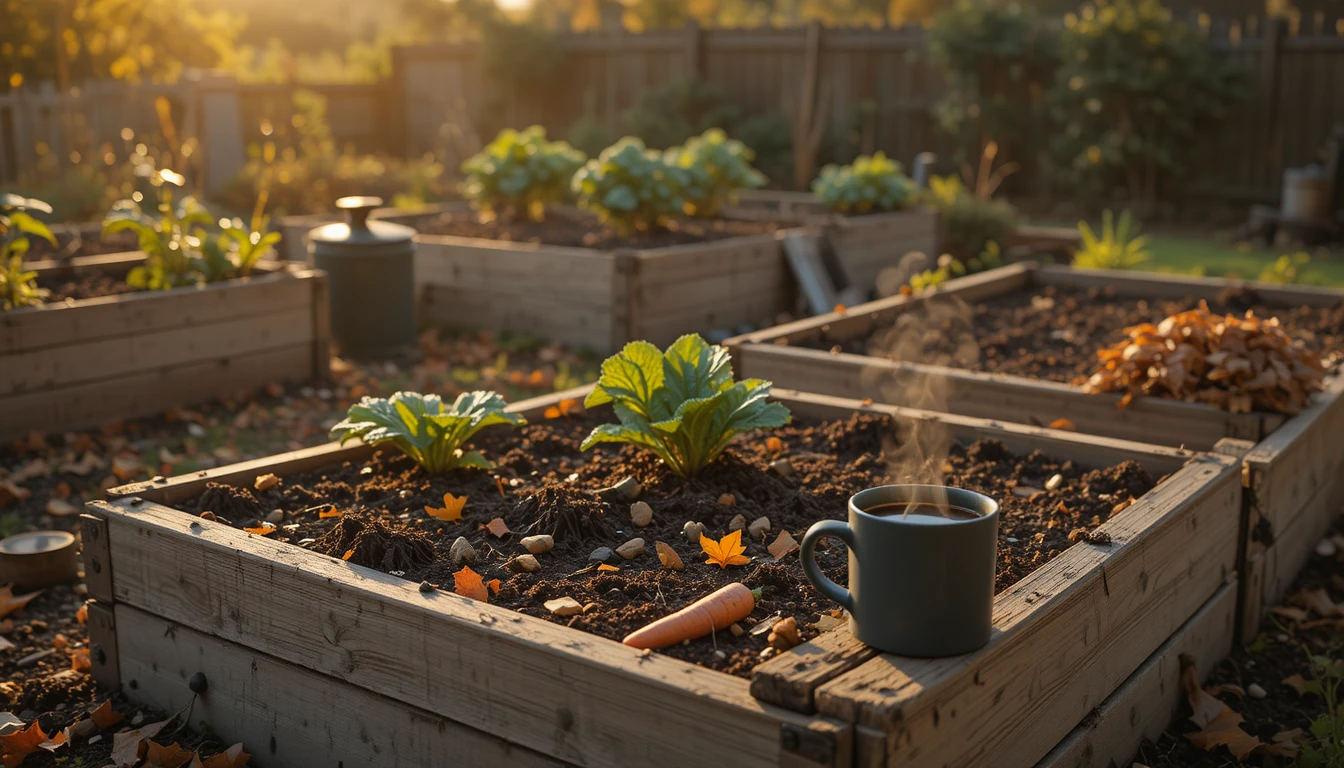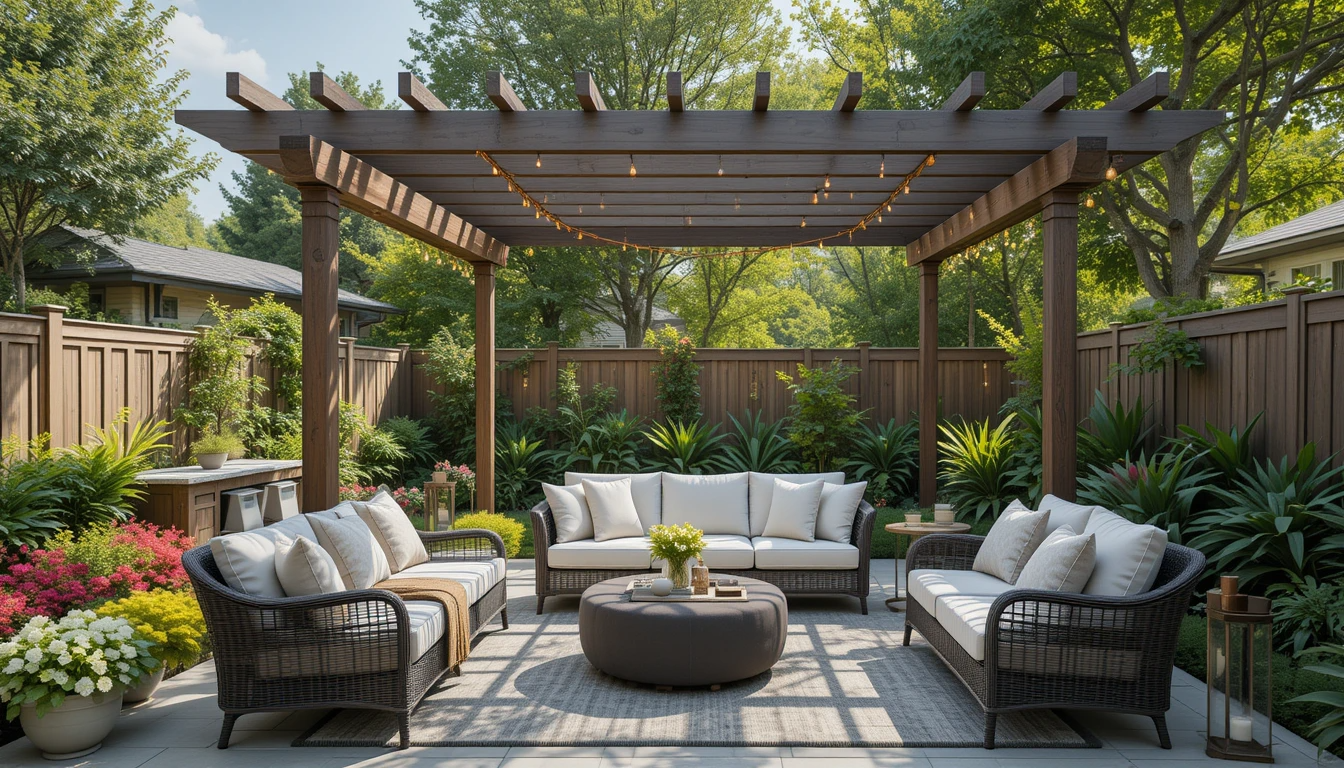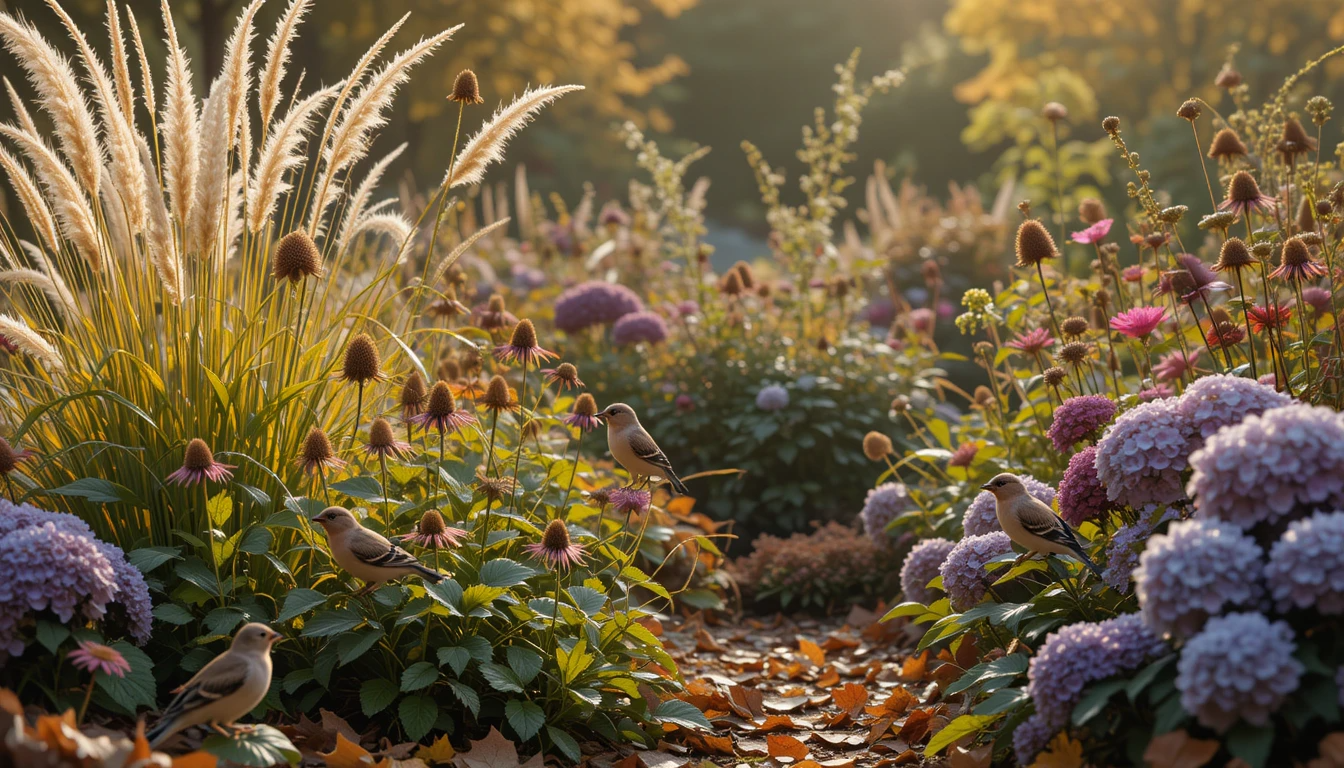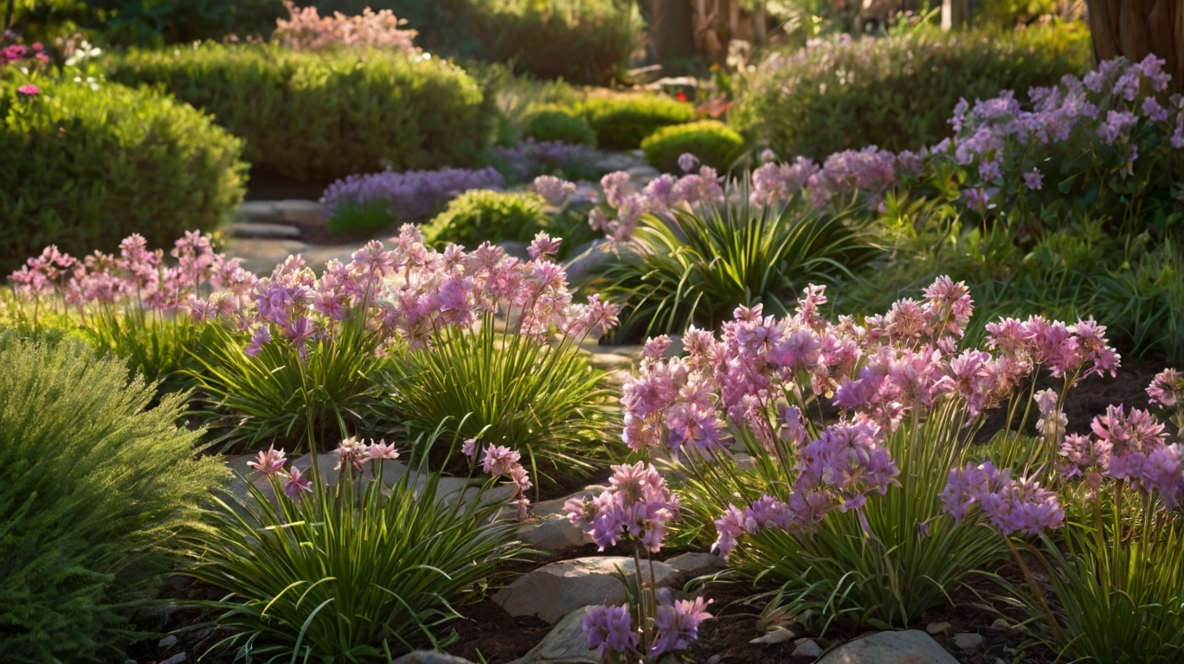As autumn’s golden hues sweep in, there’s a certain magic in preparing raised garden beds for fall. The crisp air, the crunch of leaves, and the promise of hearty vegetables make it a season to cherish. Over a cozy coffee chat, my gardening buddy and I swapped stories of our triumphs and blunders, vowing to avoid the pitfalls that can dim a garden’s glow. Here’s a heartfelt guide to prepping your raised beds right, infused with emotion and packed with practical tips, weaving in our favorite gardening and home ideas to keep your fall garden thriving.
The Joy of Fall Gardening
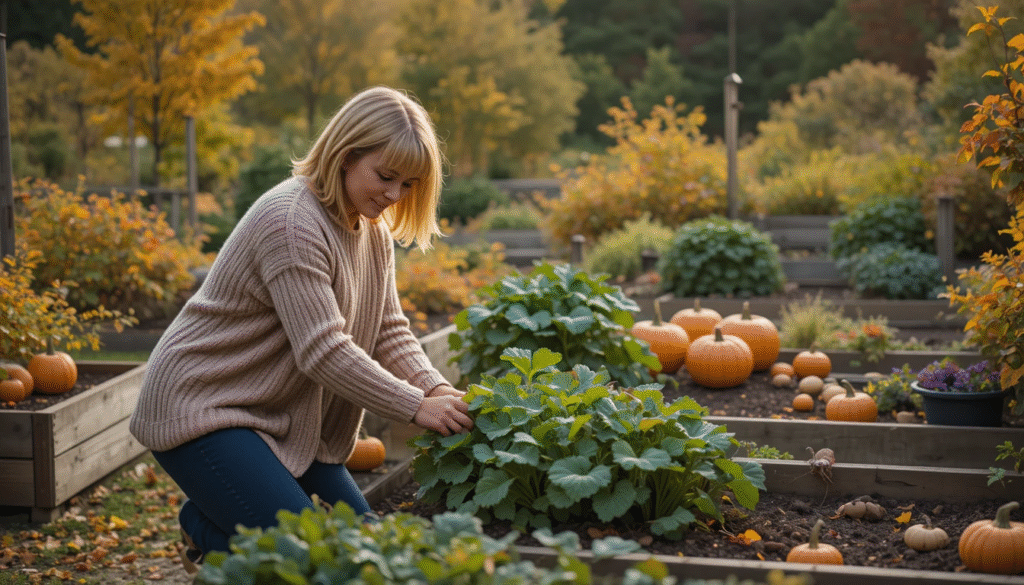
Fall gardening is like wrapping your yard in a warm sweater, nurturing it for the season ahead. It’s not just about tossing in seeds—it’s about setting the stage for healthy soil and vibrant crops, from kale to carrots, that rival the charm of sunflowers vs daisies. Whether you’re dreaming of purple flowers for spring like ambassador allium or the soft glow of geranium cranesbill white, raised beds offer a canvas for autumn’s bounty. But a few common mistakes can break a gardener’s heart, so let’s dive into how to avoid them with love and care.
Mistake 1: Filling Beds with Just Soil
Nothing feels more defeating than spending a fortune on soil only to realize it’s overkill. “It’s like buying white socks with black stripes without checking the fit!” I chuckled with my friend. Instead of filling your raised bed entirely with soil, layer it like a cozy kitchen with cherry wood cabinets—thoughtful and efficient. Start with a bottom layer of cardboard, small branches, and dried leaves, much like prepping a paperbark maple seedling or a nanking cherry bush. Add a middle layer of compost or aged manure, then top it with quality soil. This mimics natural decomposition, boosting drainage and nutrients, like choosing mortar type S vs N for a sturdy foundation.
Mistake 2: Ignoring Soil Nutrients
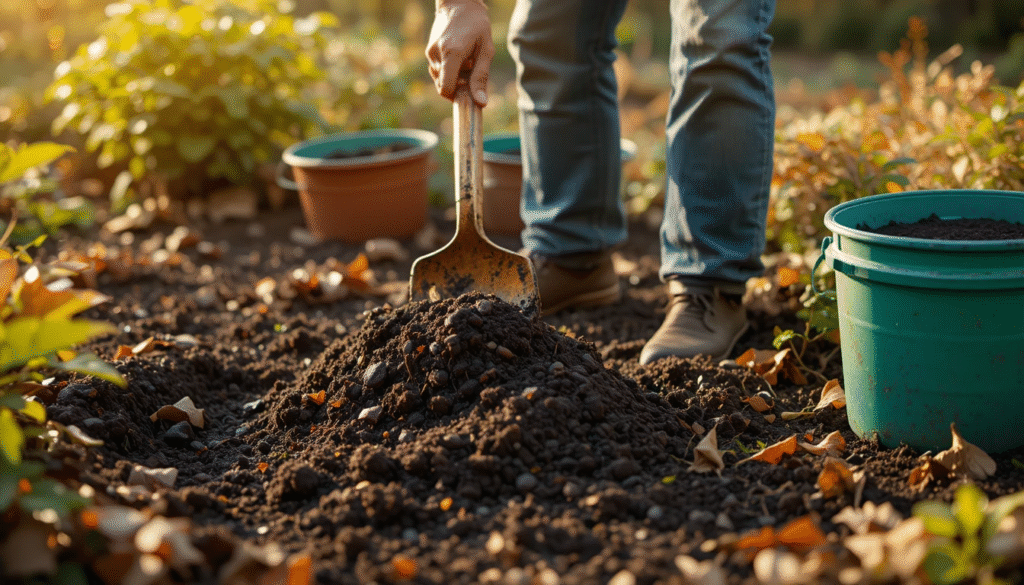
After summer’s harvest, your soil can feel as drained as a well with low water pressure. Neglecting to replenish nutrients is like forgetting to spot clean only a delicate fabric—it weakens the whole system. Till the soil well and mix in compost, dried leaves, or cardboard, like nurturing a bonsai tree pomegranate or a miniature pineapple tree. This restores essential nutrients, ensuring your fall crops, like snap peas or spinach, thrive as brightly as a bougainvillea San Diego red.
Mistake 3: Leaving Diseased Plants Behind
Healthy plant debris can be a garden’s friend, but diseased plants are like a shower drain smelling like sewage—trouble waiting to happen. Check for pests or diseases before tilling, and remove any infected plants, roots and all, to prevent pathogens from spreading. It’s like calling an exterminator for water bugs or clearing wasps in Arizona (and wondering, how many wasps in a nest?). Healthy stalks can stay to shelter pollinators, like bees that adore lavender plants, ensuring they return in spring.
Mistake 4: Skimping on Soil Quality
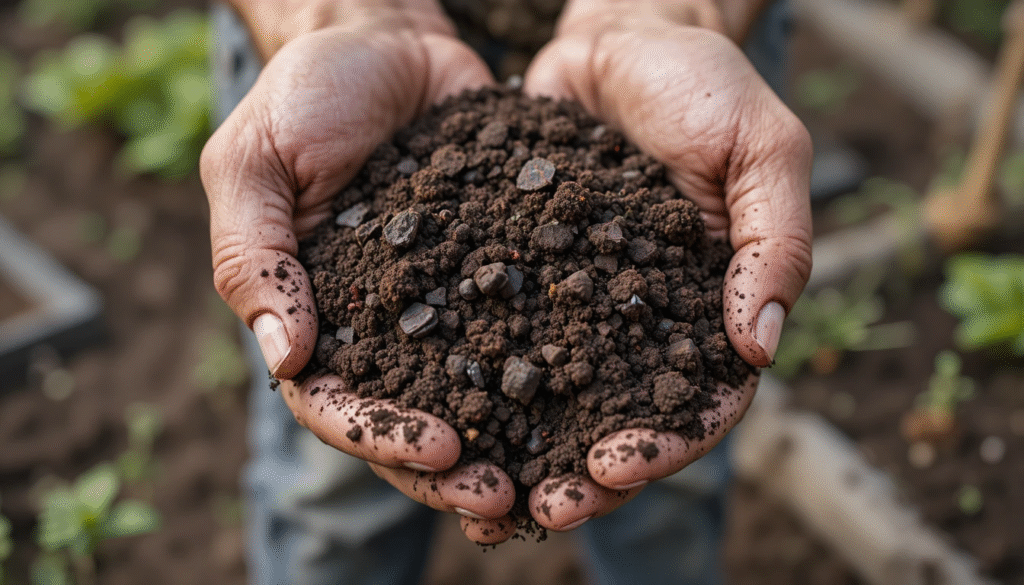
Soil is the heart of your garden, and low-quality dirt is like using gas station hot dogs for a gourmet meal—disappointing. Invest in organic, nutrient-rich soil with good drainage, like the kind you’d use for an alocasia maharani or aglaonema tricolor pictum. Look for dark, rich texture and no synthetic chemicals, much like choosing septic safe cleaners for a healthy home. Amend with compost or leaf mold to keep your garden as vibrant as a gold mound duranta or angelonia pink.
Mistake 5: Building Oversized Beds
Wide beds seem efficient, but they can turn gardening into a circus act. Keep beds 3–4 feet wide max, so you can reach the center without compacting the soil, which harms roots like gaps in hardwood floors. It’s as practical as picking the right bathtub drain size or placing a TV where it’s easy to enjoy. Comfortable access keeps your garden as inviting as a cozy basement daylight space.
Mistake 6: Choosing the Wrong Fall Crops
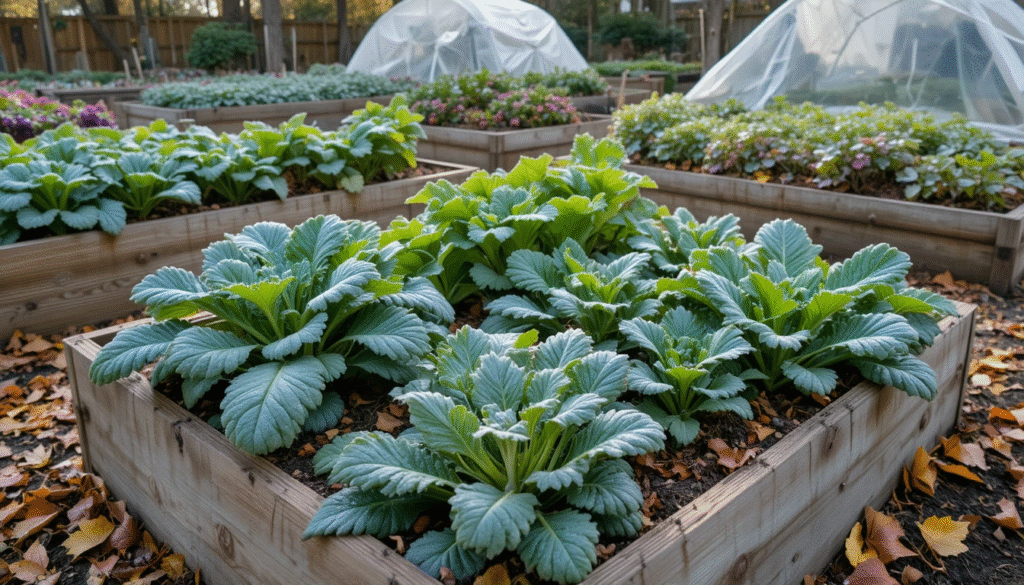
Fall isn’t summer’s encore—it demands cool-weather stars. Plant snap peas, radishes, carrots, kale, or lettuces, which thrive in chilly air, unlike summer-loving indeterminate tomato seeds. Protect them with row covers as frost nears, like shielding a mini gold spirea or an anthurium ace of spades. It’s like choosing shellac or poly for wood—pick what suits the season for lasting results.
Mistake 7: Over-Cleaning the Bed
Cleaning out every leaf feels satisfying, but it’s like stripping away a garden’s soul. Leave some healthy stalks and leaves for pollinators to overwinter, like creating a toad house for sale or a habitat for bees that love lavender plants. Unlike geraniums, which rabbits might munch (don’t worry, they won’t eat your kale), this debris supports nature’s helpers, ensuring a lively spring garden.
Mistake 8: Crowding Beds Too Close
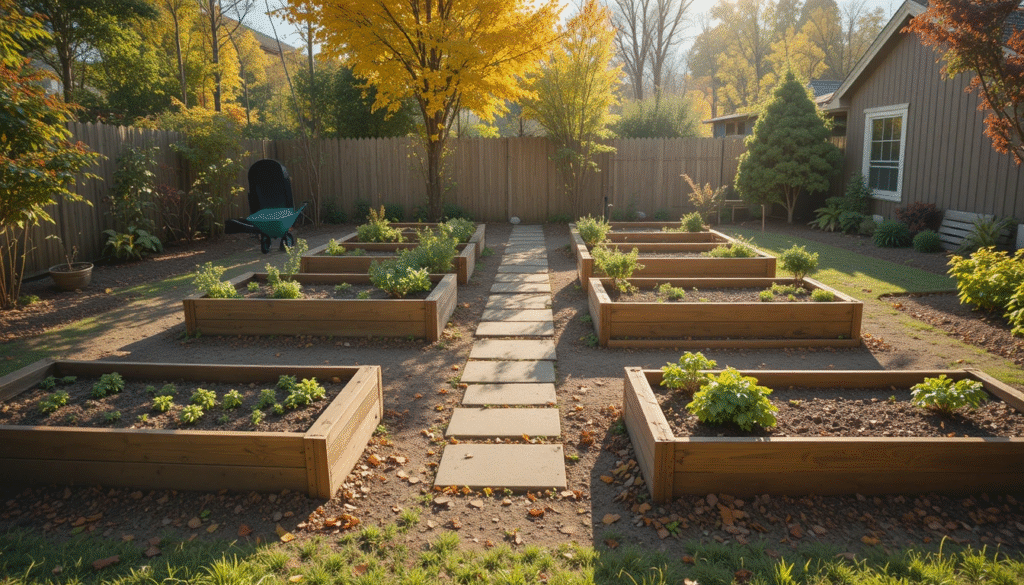
Spacing beds too tightly is like cramming white kitchen cabinets with black hardware into a tiny kitchen—it’s chaos. Leave 30–36 inches between beds for easy access, whether you’re wielding a spartan zero-turn mower or tending by hand. It’s as practical as power-washing a garage floor or using resolve laundry stain remover to keep things tidy and manageable.
A Garden That Warms the Heart
Prepping raised garden beds for fall is like crafting a cozy autumn scene, complete with olive green socks and a warm drink. Avoid these mistakes, and your garden will reward you with hearty crops and healthy soil, as inviting as wallpaper for the ceiling or a well-rolled lawn (because what does lawn rolling do if not make your yard shine?). It’s a chance to nurture your space, free of invasive weeds with white flowers or begonia with white flowers clutter. So, grab your tools, pour love into your beds, and let fall’s magic bloom.

